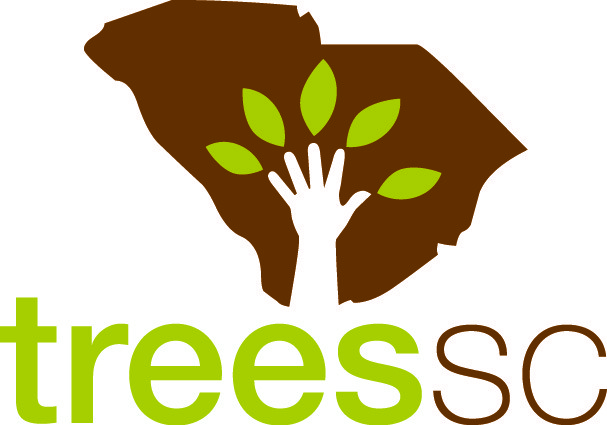By: Bob Polomski, Ph.D., Clemson Extension Specialist–Horticulture/Adjunct Asst. Prof., Dept. of Plant & Environmental Sciences, Clemson University

This arboricultural science book is to urban trees as Chilton’s Auto Repair Manuals to cars. As stated in the preface, Hirons and Thomas “create[d] a text on tree biology that is accessible to anyone looking to understand how trees work or who manages landscapes that contain trees. The overall aim is to provide knowledge about trees that can be used to underpin management recommendations so that the health and vitality of trees in our gardens, parks, streets, and courtyards can be promoted.”
This book fills the void left by my oft-used “arboricultural bible”: Arboriculture; Integrated management of landscape trees, shrubs, and vines(Harris, R. W., J. R. Clark, and N. P. Matheny. 2004. Prentice-Hall). Applied Tree Biology can be used as a college-level textbook or as an in-depth reference for practitioners.
Applied Tree Biology is divided into 10 chapters with references listed at the end of each one. The first chapter introduces the reader to the benefits of trees and the importance of proper management to realize their environmental contributions.
Chapters 2, 3, and 4 address the morphological, anatomical, and physiological components of trees. Hirons and Thomas take the reader on a study of the above- and below-ground features of trees.
Chapter 5, “The next generation of trees: From seeds to planting” explores the science of reproduction—from flowering to fruiting, and then transitions to the commercial production of trees via sexual (seed) and asexual propagation (cuttings) methods. This chapter concludes with a discussion of production nursery techniques that lead to quality transplants and arboricultural practices in the landscape that contribute to successful establishment. I particularly enjoyed reading the “Tree Species Selection” and “Tree Quality” sections: two important topics that are essential to urban plantings.
Chapters 6 and 7 are science-heavy chapters that address water and carbon relations in trees, respectively. The authors discuss the movement and use of water by trees. While the hydraulic redistribution section took some effort to comprehend, I was enlightened by its important role in tree survival, especially in mature trees.
The discussion of photosynthesis and the impacts of light, temperature, and minerals on this carbon sequestration process in chapter 7 enhanced my respect and appreciation for plant physiologists. Carbon movement in the phloem and the production, use, and storage of carbon in trees round out this chapter.
I felt more comfortable reading chapter 8, which discusses mineral (nutrition) uptake, influences on nutrient availability, and fertilization.
Chapter 9 is another favorite as Hirons and Thomas write about the interactions of trees with beneficial and harmful organisms that include bacteria, fungi, insects, birds, and mammals. The “Defence of stems” (note the British spelling which can be found throughout the book) section took a refreshing look at CODIT and the management of decay in trees.
In Chapter 10, the final chapter, “Environmental challenges for trees,” the authors cover a variety of abiotic factors that challenge trees. I enjoyed learning about the ingenious mechanisms employed by trees to help them cope with environmental challenges that can limit their performance in natural and built environments.
Replete with dozens of graphs, tables, illustrations, and photographs, Applied Tree Biology is a pleasure to view and read. It also reinforces my respect and passion for trees.

Recent Comments